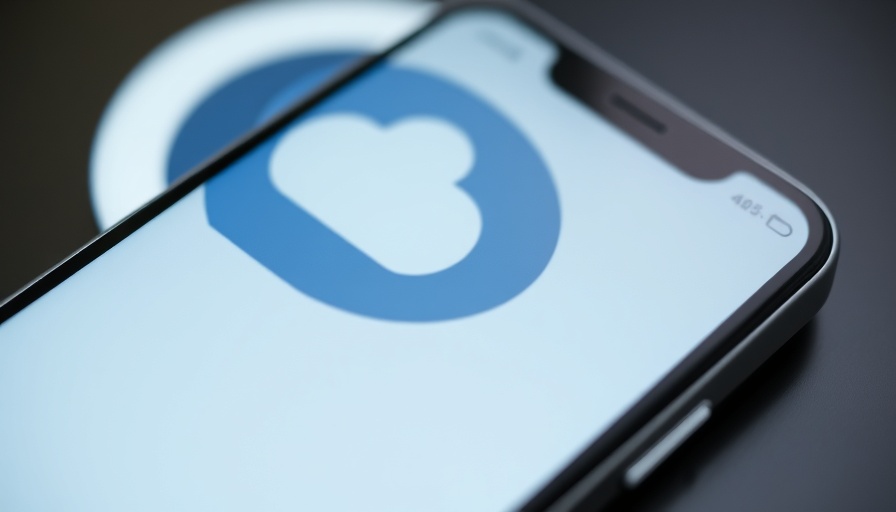
Is Tesla Paving the Way for a New Era in Ride-Hailing?
In a bold move that could redefine urban transportation, Tesla is seeking to secure permits for ride-hail services at major airports in Silicon Valley, including San Francisco, San Jose, and Oakland. If successful, this could mark a significant shift in how travelers access transportation from airports, potentially challenging the dominance of traditional ride-hailing services like Uber and Lyft.
Understanding the Current Landscape of Ride-Hailing Services
The ride-hailing sector is no stranger to disruption. Just a decade ago, Uber and Lyft faced fierce opposition as they attempted to carve out a market from traditional taxi services at airports. The challenges they encountered highlighted the complexities of regulatory compliance and airport logistics. Tesla's entry into this space could reignite similar regulatory discussions, particularly given the company's current lack of permits for a full-fledged ride-hail service. Tesla has only initiated a limited charter service, which does not allow for autonomous driving, raising questions about how they will adapt to regulatory requirements.
The Road Ahead: Permits and Regulations
In order to launch ride-hailing at these airports, Tesla must navigate a web of regulations. The California Public Utilities Commission plays a central role in this process, requiring specific permits for the operation of such services. Furthermore, if Tesla intends to deploy autonomous vehicles for these rides, it would need additional approvals from the California DMV. Recent communications indicate that negotiations are underway, but the road to approval may not be as smooth as Tesla anticipates.
Current Challenges in Promoting Autonomous Vehicles
Tesla's push for a more comprehensive ride-hail network intersects with rising scrutiny concerning the safety and reliability of its autonomous driving features. The California DMV is questioning Tesla's claims regarding the capabilities of its Full Self-Driving software, which has led to ongoing disputes about the company's aggressive marketing of its autonomous technology. As the potential launching of a robotaxi network looms, Tesla must assure regulators that its vehicles meet all necessary safety standards.
Historical Context: The Airport Transit Battle
Airports have long served as battlegrounds for innovation in transportation; they are often the first venues where new technologies confront regulatory hurdles. The experience from the Uber and Lyft era illustrates the kind of robust discussions that can arise when new services attempt to integrate within existing transportation ecosystems. The outcomes of these negotiations and regulatory reviews remain essential for the future of Tesla's ambitions.
The Future of Transportation: Emerging Tech Trends
As Tesla seeks to expand its presence through innovative ride-hailing technologies, consumers can expect to see a growing intersection of AI-driven transportation solutions. This move aligns with broader trends in the tech industry where automation, especially in transportation, plays a pivotal role.
For individuals interested in the evolution of tech and transportation, monitoring Tesla's progress could provide insights into upcoming tech breakthroughs that might redefine not just the ride-hailing industry, but also the future of metropolitan commuting.
What’s Next: Public Reaction and Industry Impact
As consumers, students, and young professionals, many are already highly engaged with what this could mean for future technology. The practical fallout from expanded ride-hail services could ripple through various sectors, influencing everything from urban planning to personal mobility choices. The emergence of AI-powered ride-hailing services could present a unique opportunity for tech-savvy individuals eager for modern solutions.
For readers keen on the future of disruptive innovations like Tesla’s potential venture, proactive engagement with these trends will be essential. Stay informed and involved as we edge closer to a future where ride-hailing may not just be about the journey, but also the technology driving it.
 Add Row
Add Row  Add
Add 




Write A Comment